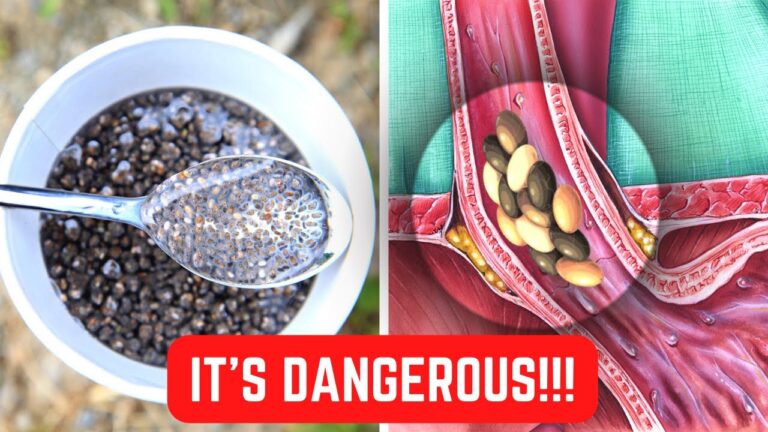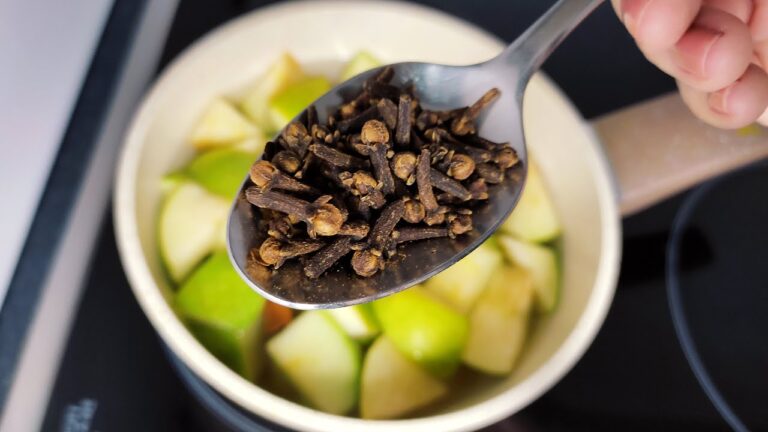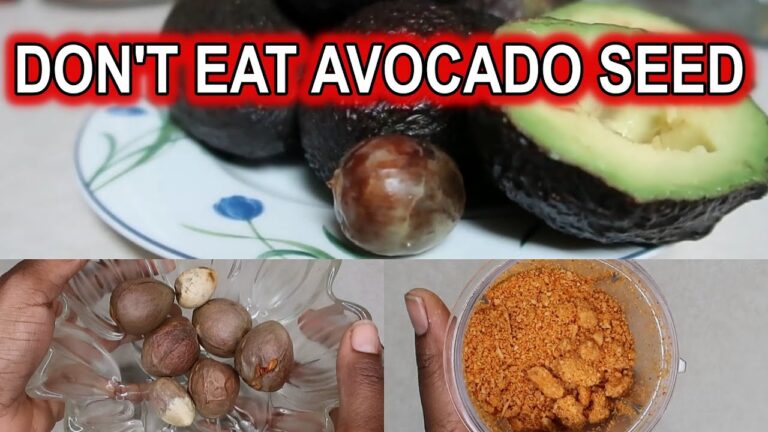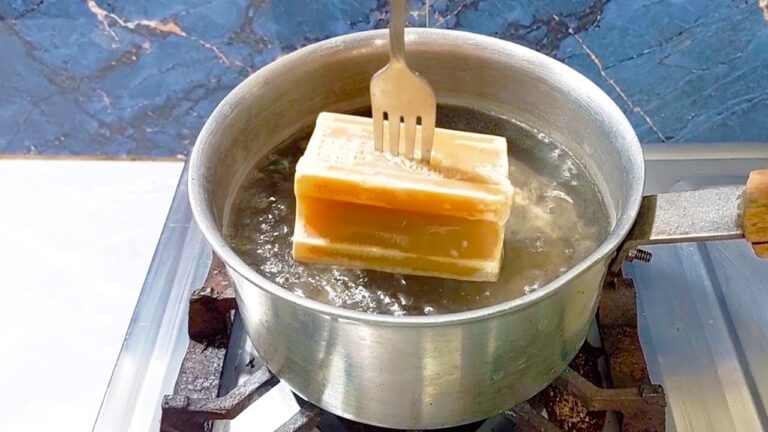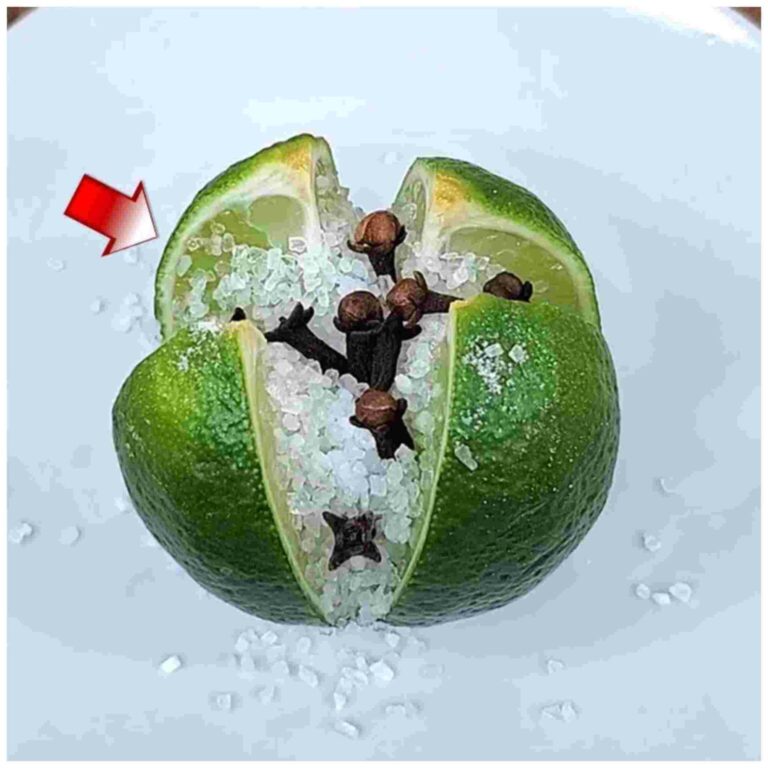Chia seeds are tiny but mighty, packed with nutrients that can do wonders for your health. They’re often hailed for their omega-3 fatty acids, fiber, and protein content. However, there’s a little trick to getting the most out of these super seeds every time you include them in your diet.
The secret? Always soak your chia seeds before eating them. Here’s why this simple step is crucial.
Why Soak Chia Seeds? Soaking chia seeds can enhance their health benefits. When chia seeds are soaked, they expand and form a gel-like consistency. This transformation is not just for show; it actually makes the seeds easier to digest. By soaking, you help your body access the dense nutrients in the seeds more efficiently.
Moreover, the soaking process helps to break down enzyme inhibitors that protect the seed. While these inhibitors are good for the seed, they can interfere with your digestive enzymes, making it harder for you to absorb all the nutrients the seeds have to offer.
How to Soak Chia Seeds Soaking chia seeds is a breeze. Just follow these simple steps:
- Measure the Seeds: Start with the amount of chia seeds you intend to use. A good rule of thumb is about 1 tablespoon of chia per cup of liquid.
- Add Liquid: Pour your chia seeds into a bowl or jar and cover them with water or any other liquid (like almond milk for a tasty twist). The ideal ratio is about 1 part chia to 10 parts liquid.
- Wait: Let the chia seeds soak for about 20 minutes. You’ll know they’re ready when they’ve absorbed most of the liquid and have a gel-like consistency.
- Stir Occasionally: Give them a stir now and then to make sure they soak evenly and don’t clump together.
Incorporating Soaked Chia into Your Diet Once your chia seeds have soaked, they’re ready to be added to just about anything. Stir them into your morning oatmeal or smoothie for a nutrient boost. You can also spread them onto toast, mix into yogurt, or even include them in homemade muffin recipes. The possibilities are endless!
Soaking chia seeds may seem like a small step, but it makes a big difference in how your body utilizes these nutritional powerhouses. Enjoy your chia seeds soaked for maximum benefit—and flavor!
